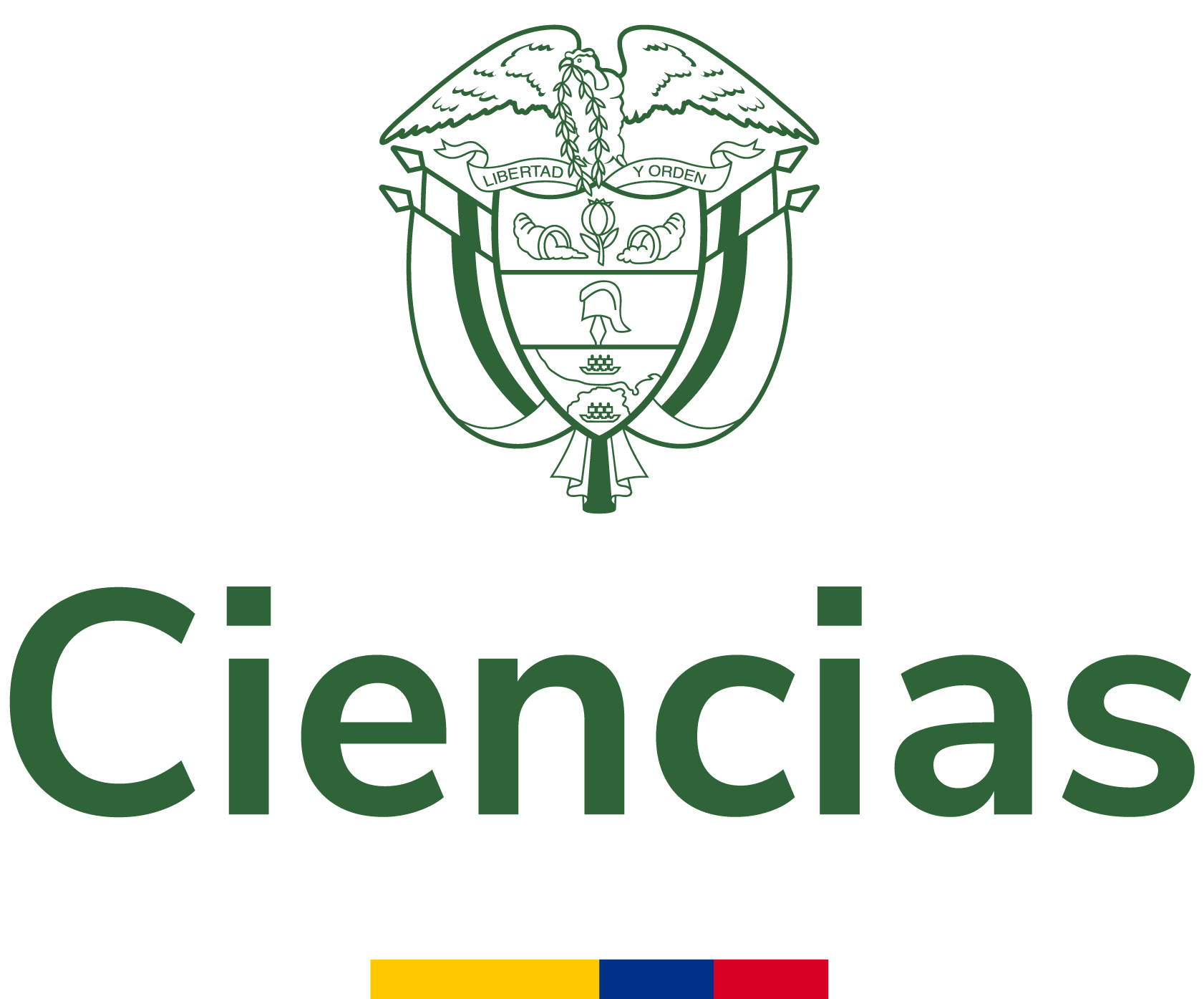The coconut, a renewable resource for the design of green materials
The need to reduce environmental degradationhas led, nowadays, to the search for less polluting materials.Colombia has a large area suitable for cultivation of differentplant species, which belong essentially to the food industry.Some parts of these plants may be used in engineering. This isthe case...
- Autores:
- Tipo de recurso:
- Fecha de publicación:
- 2019
- Institución:
- Universidad Católica de Pereira
- Repositorio:
- Repositorio Institucional - RIBUC
- Idioma:
- spa
- OAI Identifier:
- oai:repositorio.ucp.edu.co:10785/9836
- Acceso en línea:
- https://revistas.ucp.edu.co/index.php/entrecienciaeingenieria/article/view/637
http://hdl.handle.net/10785/9836
- Palabra clave:
- Rights
- openAccess
- License
- Derechos de autor 2019 Entre Ciencia e Ingeniería
| id |
RepoRIBUC_e006cf4c25f8c854174761d77d7394dc |
|---|---|
| oai_identifier_str |
oai:repositorio.ucp.edu.co:10785/9836 |
| network_acronym_str |
RepoRIBUC |
| network_name_str |
Repositorio Institucional - RIBUC |
| repository_id_str |
|
| spelling |
The coconut, a renewable resource for the design of green materialsEl coco, recurso renovable para el diseño de materiales verdesThe need to reduce environmental degradationhas led, nowadays, to the search for less polluting materials.Colombia has a large area suitable for cultivation of differentplant species, which belong essentially to the food industry.Some parts of these plants may be used in engineering. This isthe case of the coconut palm, which could be properly grown inabout 70,000 hectares of Colombia, and its fruit can be entirelyused. The coconut fruit has a hard shell or endocarp, which, dueto its hardness, is suitable for being used as reinforcement incomposite materials. Eco-composites offer good properties anda lower environmental impact, because they are biodegradableand renewable.La urgente necesidad de reducir el deterioro delmedio ambiente ha llevado a la búsqueda de materiales menoscontaminantes. Colombia cuenta con un amplio territorio aptopara el cultivo de diferentes especies vegetales fundamentalesen la industria de alimentos. De éstas, se pueden aprovechardiferentes partes en la ingeniería. Es el caso de la palma decoco, que se podría dar apropiadamente en cerca de 70.000hectáreas del territorio colombiano, de cuyo fruto puedenaprovecharse todas sus partes. El coco posee una capa durao endocarpio, que por su dureza es apta para ser usada comorefuerzo en materiales compuestos. Los eco-compuestos ofrecenbuenas propiedades y un menor impacto ambiental, por serdegradables y renovables.Universidad Católica de Pereira2022-06-01T19:08:40Z2022-06-01T19:08:40Z2019-07-27Artículo de revistahttp://purl.org/coar/resource_type/c_6501http://purl.org/coar/version/c_970fb48d4fbd8a85info:eu-repo/semantics/articleinfo:eu-repo/semantics/publishedVersionhttp://purl.org/coar/resource_type/c_2df8fbb1application/pdfhttps://revistas.ucp.edu.co/index.php/entrecienciaeingenieria/article/view/637http://hdl.handle.net/10785/9836Entre ciencia e ingeniería; Vol 7 No 14 (2013); 93-100Entre Ciencia e Ingeniería; Vol. 7 Núm. 14 (2013); 93-100Entre ciencia e ingeniería; v. 7 n. 14 (2013); 93-1002539-41691909-8367spahttps://revistas.ucp.edu.co/index.php/entrecienciaeingenieria/article/view/637/641Derechos de autor 2019 Entre Ciencia e Ingenieríahttps://creativecommons.org/licenses/by-nc/4.0/deed.es_EShttps://creativecommons.org/licenses/by-nc/4.0/deed.es_ESinfo:eu-repo/semantics/openAccesshttp://purl.org/coar/access_right/c_abf2Trujillo Sánchez, Ana FernandaArias Maya, Luz Stellaoai:repositorio.ucp.edu.co:10785/98362025-01-28T00:00:16Z |
| dc.title.none.fl_str_mv |
The coconut, a renewable resource for the design of green materials El coco, recurso renovable para el diseño de materiales verdes |
| title |
The coconut, a renewable resource for the design of green materials |
| spellingShingle |
The coconut, a renewable resource for the design of green materials |
| title_short |
The coconut, a renewable resource for the design of green materials |
| title_full |
The coconut, a renewable resource for the design of green materials |
| title_fullStr |
The coconut, a renewable resource for the design of green materials |
| title_full_unstemmed |
The coconut, a renewable resource for the design of green materials |
| title_sort |
The coconut, a renewable resource for the design of green materials |
| description |
The need to reduce environmental degradationhas led, nowadays, to the search for less polluting materials.Colombia has a large area suitable for cultivation of differentplant species, which belong essentially to the food industry.Some parts of these plants may be used in engineering. This isthe case of the coconut palm, which could be properly grown inabout 70,000 hectares of Colombia, and its fruit can be entirelyused. The coconut fruit has a hard shell or endocarp, which, dueto its hardness, is suitable for being used as reinforcement incomposite materials. Eco-composites offer good properties anda lower environmental impact, because they are biodegradableand renewable. |
| publishDate |
2019 |
| dc.date.none.fl_str_mv |
2019-07-27 2022-06-01T19:08:40Z 2022-06-01T19:08:40Z |
| dc.type.none.fl_str_mv |
Artículo de revista http://purl.org/coar/resource_type/c_6501 http://purl.org/coar/version/c_970fb48d4fbd8a85 info:eu-repo/semantics/article info:eu-repo/semantics/publishedVersion |
| dc.type.coar.fl_str_mv |
http://purl.org/coar/resource_type/c_2df8fbb1 |
| status_str |
publishedVersion |
| dc.identifier.none.fl_str_mv |
https://revistas.ucp.edu.co/index.php/entrecienciaeingenieria/article/view/637 http://hdl.handle.net/10785/9836 |
| url |
https://revistas.ucp.edu.co/index.php/entrecienciaeingenieria/article/view/637 http://hdl.handle.net/10785/9836 |
| dc.language.none.fl_str_mv |
spa |
| language |
spa |
| dc.relation.none.fl_str_mv |
https://revistas.ucp.edu.co/index.php/entrecienciaeingenieria/article/view/637/641 |
| dc.rights.none.fl_str_mv |
Derechos de autor 2019 Entre Ciencia e Ingeniería https://creativecommons.org/licenses/by-nc/4.0/deed.es_ES https://creativecommons.org/licenses/by-nc/4.0/deed.es_ES info:eu-repo/semantics/openAccess http://purl.org/coar/access_right/c_abf2 |
| rights_invalid_str_mv |
Derechos de autor 2019 Entre Ciencia e Ingeniería https://creativecommons.org/licenses/by-nc/4.0/deed.es_ES http://purl.org/coar/access_right/c_abf2 |
| eu_rights_str_mv |
openAccess |
| dc.format.none.fl_str_mv |
application/pdf |
| dc.publisher.none.fl_str_mv |
Universidad Católica de Pereira |
| publisher.none.fl_str_mv |
Universidad Católica de Pereira |
| dc.source.none.fl_str_mv |
Entre ciencia e ingeniería; Vol 7 No 14 (2013); 93-100 Entre Ciencia e Ingeniería; Vol. 7 Núm. 14 (2013); 93-100 Entre ciencia e ingeniería; v. 7 n. 14 (2013); 93-100 2539-4169 1909-8367 |
| institution |
Universidad Católica de Pereira |
| repository.name.fl_str_mv |
|
| repository.mail.fl_str_mv |
|
| _version_ |
1844494729433055232 |






